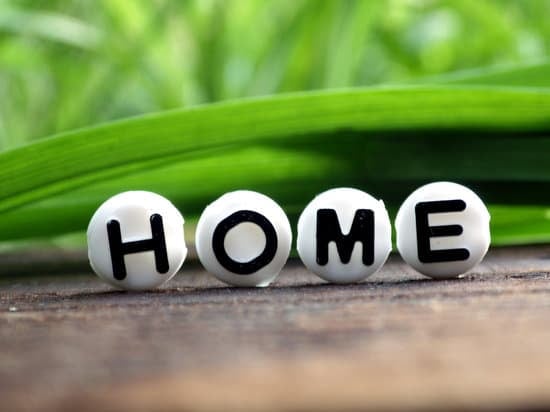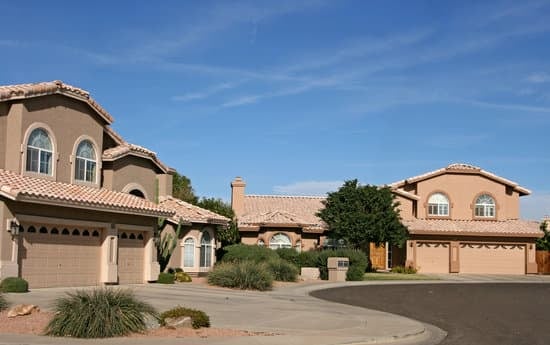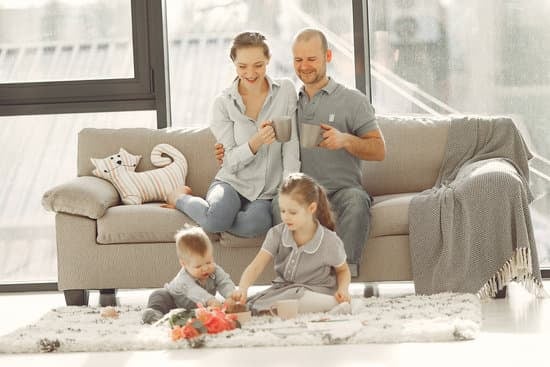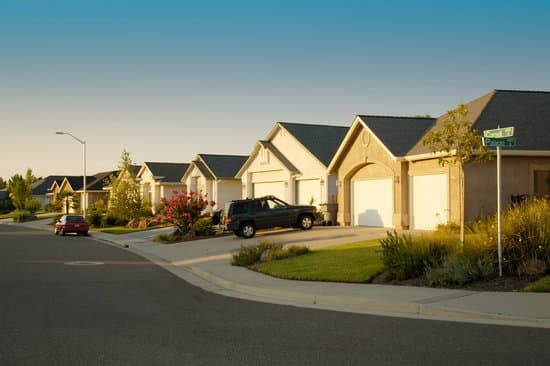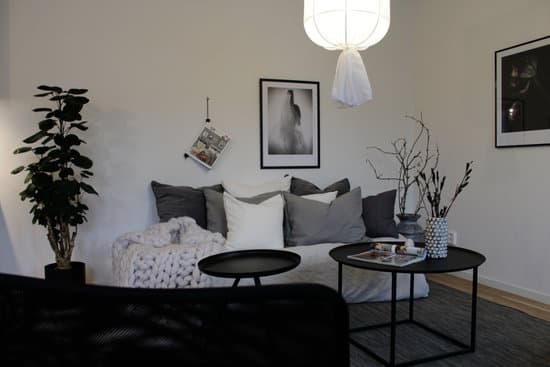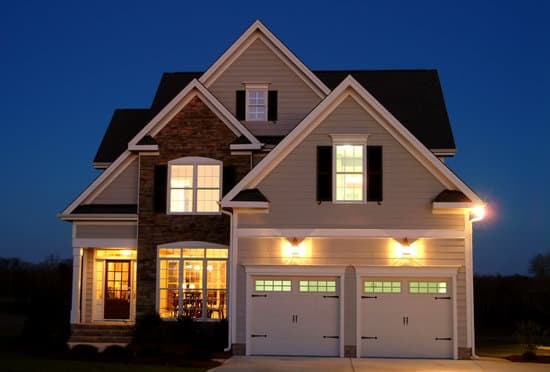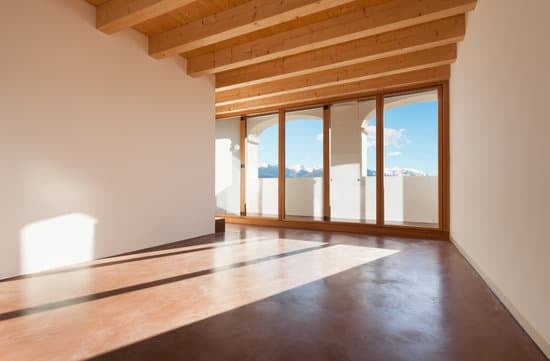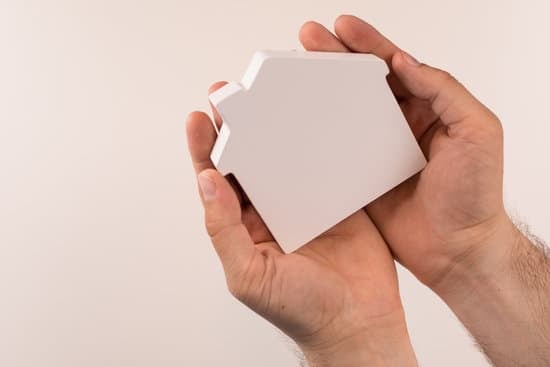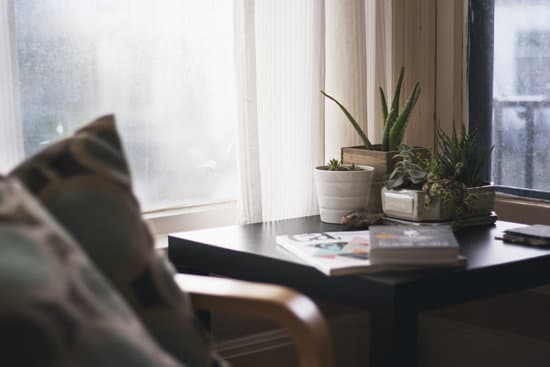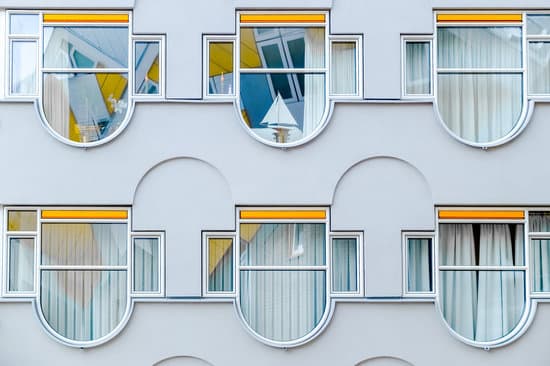In manufactured homes, walls are commonly referred to as vinyl-on-gypsum (VOG) walls. Unlike conventional wallboard, VOG walls are made by laminating a decorative paper onto gypsum board to create a vinyl-like finish. This type of wall construction offers several advantages, including easy maintenance and installation. Here are some points to consider regarding VOG walls in manufactured homes:
Minimizes wall cracks: VOG walls are more resistant to cracking than traditional drywall. This is because, instead of paper tape, VOG walls use a batten strip to cover the joints between sheets of gypsum board.
Low-maintenance: VOG walls are easy to clean and maintain, contributing to their popularity in manufactured homes. Simply wiping them down with a damp cloth or light cleaning solution is enough to keep them in pristine condition.
Easy to install: Because they come in large sections, VOG walls are relatively easy to install compared to traditional drywall. This means less time and labor required to complete the installation, which translates into cost savings for homeowners.
Variety of colors and designs: VOG walls come in a wide variety of colors and designs, making it easier to match the decor of your home.
Resistant to moisture: Since VOG walls have a vinyl-like finish, they are resistant to moisture and humidity, making them an ideal choice for rooms like bathrooms and basements that have higher levels of humidity.
Overall, VOG walls offer many advantages over traditional drywall construction in manufactured homes, making them a popular choice among homeowners.
What are walls called in manufactured homes? Find out their unique structure.
